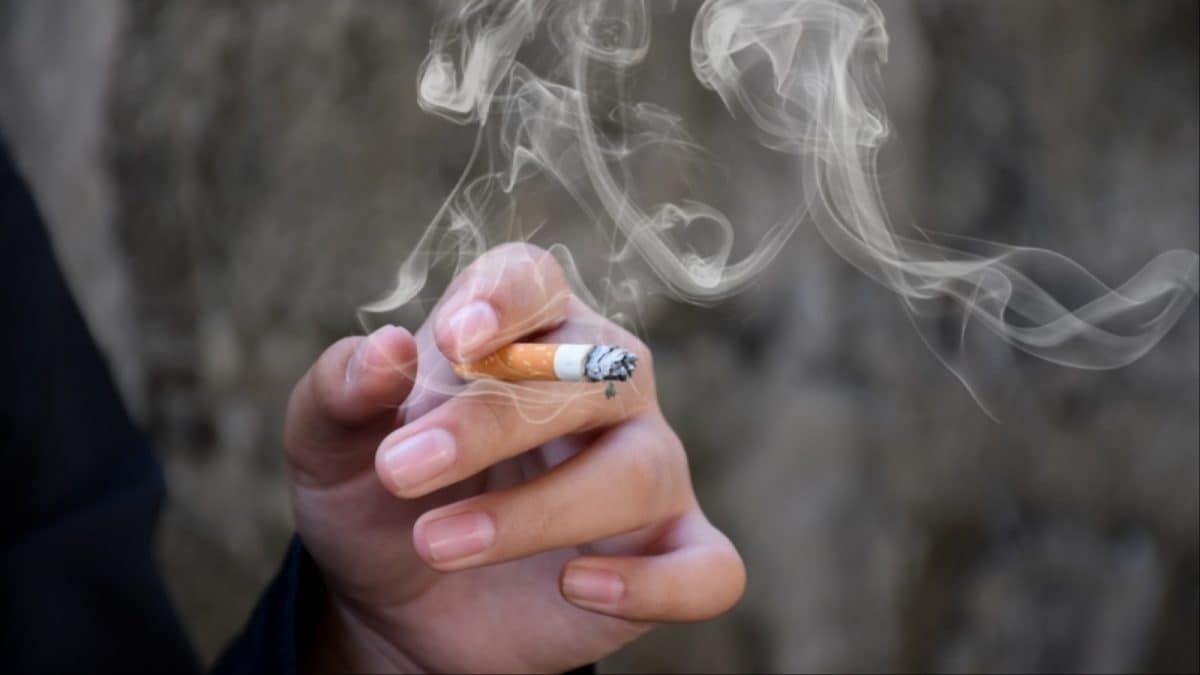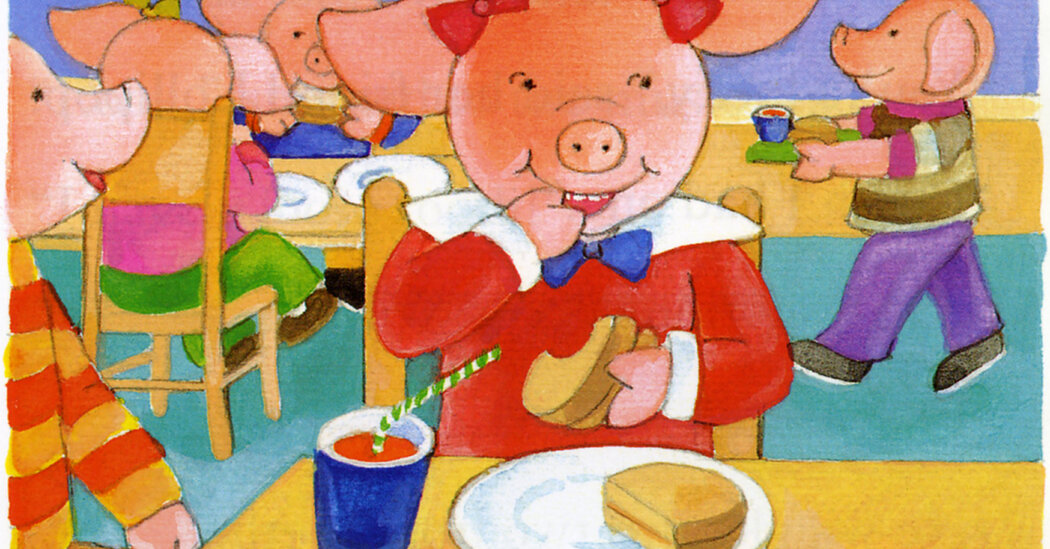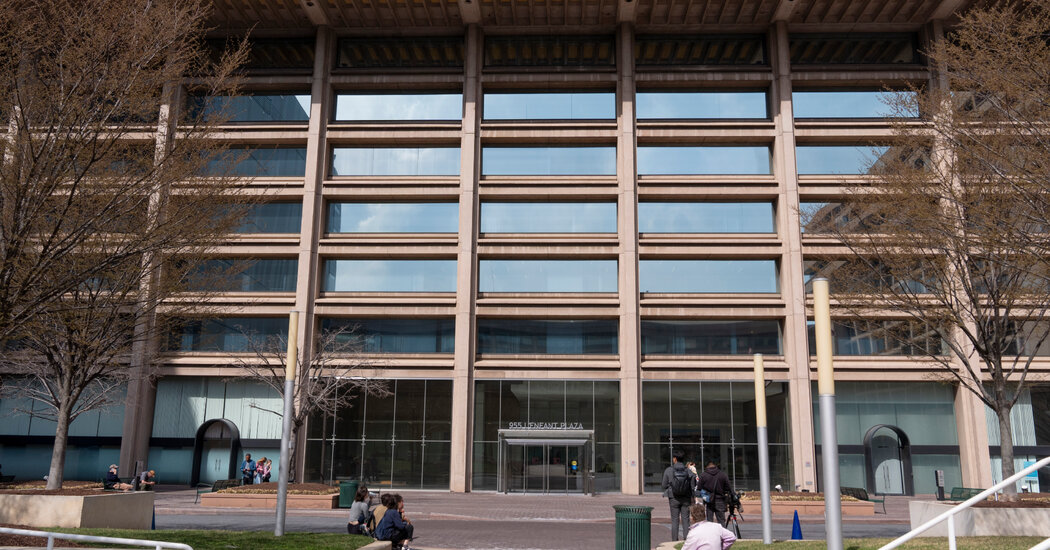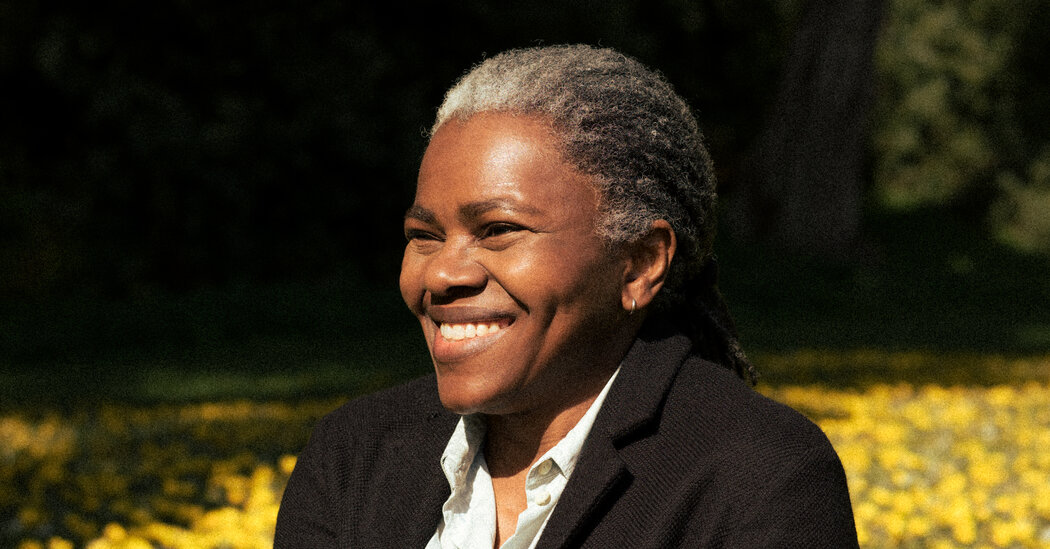
The Hidden Dangers Of Second-Hand Smoke: Learn How To Protect Yourself Here – News18
Last Updated:
Second-hand smoke, made up of burning and exhaled smoke, harms non-smokers’ health both short-term and long-term.
This smoke contains over 7,000 chemicals, with 250 harmful and about 70 cancer-causing.
Second-hand smoke, or passive smoking, consists of the smoke from a burning cigarette and the exhaled smoke from the smoker. While it’s well-known that smoking is harmful, exposure to second-hand smoke poses similar risks to non-smokers, impacting both short-term and long-term health.
This smoke contains over 7,000 chemicals, many of which are toxic. At least 250 of these are harmful, and approximately 70 are cancer-causing agents. Notable substances in second-hand smoke include nicotine, carbon monoxide, formaldehyde, benzene, arsenic, and ammonia. When non-smokers breathe in this smoke, they are exposed to these dangerous chemicals, raising their risk of various health issues.
Increased Risk of Heart Disease
One of the most significant dangers of second-hand smoke is its impact on the cardiovascular system. Inhaling this smoke can lead to damage to blood vessels, raise blood pressure, and increase the likelihood of heart attacks and strokes. Even those who do not smoke but are frequently exposed to second-hand smoke are at a greater risk of developing heart disease.
Respiratory Problems
Second-hand smoke can worsen or trigger respiratory conditions like asthma and chronic obstructive pulmonary disease (COPD). Non-smokers living with smokers often experience increased coughing, chest discomfort, and more frequent respiratory infections. For those with pre-existing respiratory conditions, exposure to second-hand smoke can aggravate symptoms and make management more difficult.
Impact on Children and Pregnant Women
Children are particularly vulnerable to second-hand smoke due to their developing lungs and immune systems. Babies exposed to this smoke before or after birth are at a higher risk of sudden infant death syndrome (SIDS). Pregnant women who are exposed to second-hand smoke may have a higher chance of giving birth to babies with low birth weight, which can lead to developmental delays and weakened immune systems.
Asthma and Respiratory Infections in Children
Children exposed to second-hand smoke are more likely to suffer from frequent asthma attacks, as well as respiratory infections such as bronchitis and pneumonia. Additionally, exposure has been linked to an increased risk of middle ear infections, which can result in hearing issues and may require medical treatment.
Cancer Risk
Lung cancer is one of the most severe risks linked to second-hand smoke. Prolonged exposure to this toxic smoke can raise the likelihood of developing lung cancer, even in individuals who have never smoked. This risk is particularly high in environments where second-hand smoke is a constant presence.
Protecting Yourself from Second-Hand Smoke
The most effective way to protect yourself from second-hand smoke is to avoid places where smoking is permitted. Stay clear of areas where smoking is common, such as certain public venues. While opening windows or using air filters may help reduce some of the toxins in the air, they are not sufficient to eliminate the harmful effects of smoke.
To minimise exposure to second-hand smoke, consider these additional steps.
- Move away from areas where people are smoking, and find a smoke-free space.
- Choose venues that have a no-smoking policy.
- Let your guests know that smoking is not allowed in your home.
- Don’t allow passengers to smoke in your car, even with the windows down.
- Location :
Delhi, India, India









